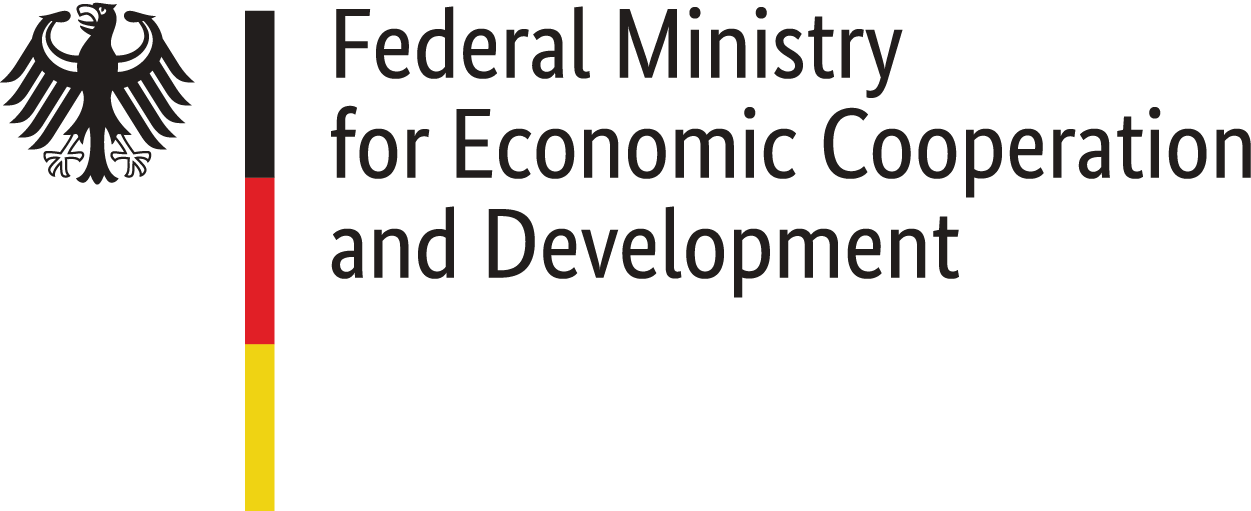Politics
Authoritarianism, corruption and violence
Peru has spent half of its 195-year history as a republic under military governments that came to power through coup d'etat. The country endured two of South America’s most disastrous events: the War of the Pacific against Chile, with the subsequent invasion of Lima in the latter part of the 19th century; the age of terrorism provoked initially by the subversive organizations Sendero Luminoso and MRTA, and subsequently deepened through violent state repression, causing 69,000 deaths between 1980 and 2000.
Following the latter, Peru began its longest period of democracy since its independence from Spain, accompanied by an economic bonanza. During this period, the former president, Alberto Fujimori, was sentenced to 25 years in prison for human rights violations during his government and several lesser charges related to corruption.
Historians, judges and journalists regard the Fujimori Government, which came to power by defeating the author and future Nobel Prize winner Mario Vargas Llosa in 1990, as Peru’s most corrupt. In 1992, he staged a self-coup with the support of Nicolás Hermoza, Army Commanding General and, in the shadows, the head of the National Intelligence Service, Vladimiro Montesinos. All are currently in prison. During this period, Fujimori was also responsible for the creation of the Grupo Colina, a death squad responsible for numerous extra-judicial killings.
The Fujimori Government collapsed in 2000 following the “vladivideos” revelations, recordings of politicians, business people, and media proprietors receiving money from Montesinos. This culminated in the one of the country’s largest political demonstrations-la Marcha de los Cuatro Suyos (the Four Cardinal Points March).
Today, Peru has its fourth successive democratically elected government. However, Peru's historical political parties are marginalized and power is instead held by individuals independent of traditional politics. These include: Keiko Fujimori, a populist from the right, daughter of the former president and, according to public opinion polls since 2009, one of personalities with the highest approval ratings; Ollanta Humala, a former military officer and nationalist who became president in 2011; Pedro Pablo Kuczynski, a center-right economist who won the 2016 election and will govern the country until its bicentenary in 2021.




